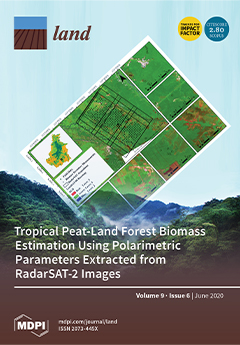Resource information
Landscape provides many services for human wellbeing through its mosaic of ecosystems. Although different landscape spatial structures limit some access to these services for local residents, their demand for landscape benefits creates a crucial component in landscape planning. Herein, we evaluate the ecosystem service supply from landscape structures in four different areas of Slovakia and we identify the public preferences for these services. This evaluation was assisted by expert-based ecosystem services (ES) matrix assessment and feedback from experts and key local stakeholders. The associated land cover assessment revealed that although forests are the most important for ES delivery, followed by extensive agricultural mosaics, cultural services have the highest average supply value. In contrast, the experts and local stakeholders considered that provisioning services were the most important of all ES groups because of products available from arable land. The overall public awareness of benefits provided by nature proved relatively high, and this is a good sign for the development of multi-functional landscapes. The comparison of study sites revealed that even stakeholders living in intensively used land, with its overall low ES supply, assessed ES as very important in general. The general public could therefore be included in environmental planning to promote a more multi-functional landscape. In addition, the analysis herein will communicate gained insights to the local planners and decision-makers and confirm the importance of this ES participatory approach using top-down methodology. This may require the following measures in Slovakia: establishing an interdisciplinary group of experts for regular assessment of strategic landscape planning documents and regulatory instruments, developing key directives which establish well-balanced participatory procedures, improving open local government, and supporting down-scaled implementation of integrated landscape planning in cooperation with local action groups.


